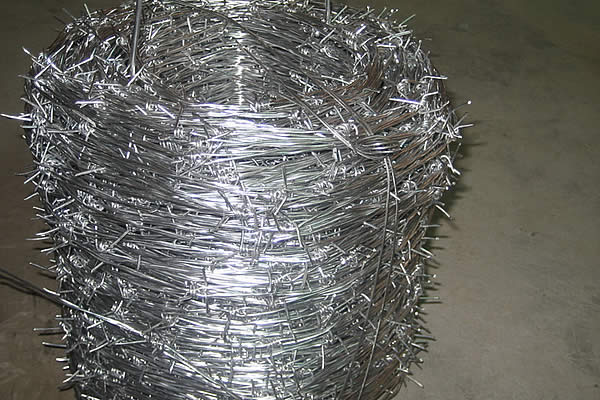Gabion Wall Design A Versatile Solution for Landscape and Construction Projects
In the realm of landscape architecture and civil engineering, gabion walls have emerged as a popular choice for both functional and aesthetic purposes. These walls are constructed using wire mesh containers filled with rocks, stones, or other materials that can withstand significant pressure. The design flexibility of gabion walls makes them ideal for a wide range of applications, from slope stabilization to noise barriers and even decorative features.
The concept behind gabion wall design is rooted in simplicity yet delivers a robust structure. Each gabion is typically a metal mesh basket that is then filled with aggregate, which can be locally sourced, making it an environmentally friendly option. This not only reduces transportation costs but also supports sustainable practices by utilizing on-site materials.
One of the primary advantages of gabion walls is their adaptability. They can be designed to conform to almost any terrain, offering a custom fit for various landscapes. The ability to create curves, angles, and different heights allows designers to craft unique shapes that blend seamlessly into the surrounding environment. Furthermore, the permeable nature of gabion walls allows water to pass through, reducing hydrostatic pressure and minimizing erosion concerns.
From a structural standpoint, gabion walls offer excellent stability and resistance to earth pressures. When properly installed, they provide a solid foundation that can support heavy loads and resist seismic activity When properly installed, they provide a solid foundation that can support heavy loads and resist seismic activity

When properly installed, they provide a solid foundation that can support heavy loads and resist seismic activity When properly installed, they provide a solid foundation that can support heavy loads and resist seismic activity
 gabion wall design
gabion wall design. This feature makes them particularly suitable for areas prone to earthquakes or where soil conditions require additional reinforcement.
Aesthetically, gabion walls offer endless design possibilities. The texture and color of the fill material can be selected to complement the natural surroundings or to create a striking contrast. Additionally, vegetation can be encouraged to grow on the walls, turning them into living structures that enhance biodiversity and add a natural element to urban environments.
In terms of maintenance, gabion walls require minimal upkeep. Unlike painted or rendered surfaces, the natural stone filling needs little attention beyond occasional topping off due to settling. This low-maintenance aspect makes gabion walls an attractive long-term solution for property owners and city planners alike.
In conclusion, gabion wall design offers a harmonious blend of functionality and beauty. Its inherent strength, flexibility in design, eco-friendliness, and low maintenance requirements make it a valuable asset in modern construction and landscaping projects. As architects and engineers continue to seek innovative solutions, gabion walls stand out as a testament to the enduring appeal of combining practicality with aesthetics.
 TEL:
+86-13102802206
TEL:
+86-13102802206
 Email:
fencenetting@china.com
Email:
fencenetting@china.com
 Language
Language
 TEL:
+86-13102802206
TEL:
+86-13102802206
 Email:
fencenetting@china.com
Email:
fencenetting@china.com
 Language
Language


 When properly installed, they provide a solid foundation that can support heavy loads and resist seismic activity When properly installed, they provide a solid foundation that can support heavy loads and resist seismic activity
When properly installed, they provide a solid foundation that can support heavy loads and resist seismic activity When properly installed, they provide a solid foundation that can support heavy loads and resist seismic activity gabion wall design. This feature makes them particularly suitable for areas prone to earthquakes or where soil conditions require additional reinforcement.
Aesthetically, gabion walls offer endless design possibilities. The texture and color of the fill material can be selected to complement the natural surroundings or to create a striking contrast. Additionally, vegetation can be encouraged to grow on the walls, turning them into living structures that enhance biodiversity and add a natural element to urban environments.
In terms of maintenance, gabion walls require minimal upkeep. Unlike painted or rendered surfaces, the natural stone filling needs little attention beyond occasional topping off due to settling. This low-maintenance aspect makes gabion walls an attractive long-term solution for property owners and city planners alike.
In conclusion, gabion wall design offers a harmonious blend of functionality and beauty. Its inherent strength, flexibility in design, eco-friendliness, and low maintenance requirements make it a valuable asset in modern construction and landscaping projects. As architects and engineers continue to seek innovative solutions, gabion walls stand out as a testament to the enduring appeal of combining practicality with aesthetics.
gabion wall design. This feature makes them particularly suitable for areas prone to earthquakes or where soil conditions require additional reinforcement.
Aesthetically, gabion walls offer endless design possibilities. The texture and color of the fill material can be selected to complement the natural surroundings or to create a striking contrast. Additionally, vegetation can be encouraged to grow on the walls, turning them into living structures that enhance biodiversity and add a natural element to urban environments.
In terms of maintenance, gabion walls require minimal upkeep. Unlike painted or rendered surfaces, the natural stone filling needs little attention beyond occasional topping off due to settling. This low-maintenance aspect makes gabion walls an attractive long-term solution for property owners and city planners alike.
In conclusion, gabion wall design offers a harmonious blend of functionality and beauty. Its inherent strength, flexibility in design, eco-friendliness, and low maintenance requirements make it a valuable asset in modern construction and landscaping projects. As architects and engineers continue to seek innovative solutions, gabion walls stand out as a testament to the enduring appeal of combining practicality with aesthetics.